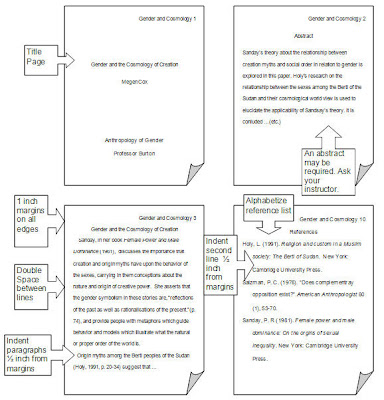Using Perl Chr() and Ord() Functions - ThoughtCo.
When you call a function in Perl, the program jumps from reading one piece of the program and moves on to another, which is the function that is currently being called. Perl continues to execute the lines of code inside of the function until the function is finished.
Perl write Function - This function writes a formatted record, as specified by format to FILEHANDLE. If FILEHANDLE is omitted, then writes the output to the currently selected defaul.

To create your own Perl functions, you use the sub keyword. Your function will have a name and might accept parameters or return one or more values. Your function will have a name and might accept parameters or return one or more values.

How To Write Functions In Perl, who is a leader essay, alien and sedition acts essay to what extent was republicanism threatened, homework help on martin luther king The assignment is done at high level.

The Perl programming language's chr() and ord() functions are used to convert characters into their ASCII or Unicode values and vice versa. Chr() takes an ASCII or Unicode value and returns the equivalent character, and ord() performs the reverse operation by converting a character to its numeric value.

Inside the function Hello, Perl! Outside the function Hello, World! Temporary Values via local() The local is mostly used when the current value of a variable must be visible to called subroutines. A local just gives temporary values to global (meaning package) variables. This is known as dynamic scoping. Lexical scoping is done with my, which works more like C's auto declarations.

A Perl function or subroutine is a group of statements that together perform a specific task. In every programming language user want to reuse the code. So the user puts the section of code in function or subroutine so that there will be no need to write code again and again.

Have how to write main function in perl routine homework and academic assignments completed at affordable prices. Give us your assignments and a subject matter expert will get it done quickly and painlessly. Better grades can be yours without stress!
Second, we read the source file line by line. For each line we read from the source file, we used the print() function to write it to the destination file. Third, we closed the filehandles using the close() function. Here is the output of the program. If you want to pass arguments to the program via command-line.

In Perl, there are two ways to leave comments. We’ll go over both Perl comment methods in this guide, plus list some handy resources you can use to improve your coding skills with Perl, and in general. To begin, check out this introductory Perl course. Standard Perl Comment. A standard comment in Perl is denoted with a hashtag.

Functional programming in Perl. This project aims to make it easier to reduce the number of places in Perl programs where side effects are used, by providing facilities like data structures to enable it and tutorials and introductions to show good ways to go about it.

Some Built in Perl Functions chdir Takes one string argument and will change the current working directory to it. (Returns 1 on success and 0 on failure.) chmod Takes at least one argument. The first is a file protection mode and the rest are the names of the files that are to have their protections changed. (Returns the number of files.
How To Write Main Function In Perl, american popular music essay, essay for of mice and men by john steinbeck, cheap bibliography editor services uk. How To Write Main Function In Perl - sample resume for jobs in dubai - beauty supply business plan. 21:30.



